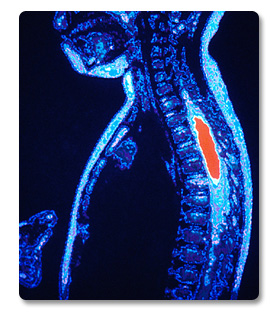Nyloxin is 100% Safe to Treat Chronic Arthritis and Joint Pain

Nyloxin is believed to work by targeting some of the same receptors on nerve cells that are also recognized by nicotine. These receptors are found in nerves outside the central nervous system (brain and spinal cord) and they are also found on cells of the immune system. Specialized proteins in Nyloxin block the action of acetylcholine, a major stimulating neurotransmitter in the nervous system and activator of the inflammatory pathways. As a result, the pain and inflammation pathways are temporarily shut off. In some clinical studies, Nyloxin pain relieving products could provide prolonged chronic muscle and joint relief.
Nyloxin in Traditional Medicine
In ancient China, cobra venom saw its primary use in the treatment of cancer and arthritis. Reportedly the venom was used to treat liver cancer, lung cancer, esophageal cancer, skin cancer, and leukemia. In the Indian Unani system of medicine, cobra venom has been used as a tonic, aphrodisiac, hepatic stimulant and for revival in collapsed conditions. In India and China, such venoms are administered at specialized medical centers and for an extensive array of applications.
Today in Traditional Chinese Medicine, cobra venom sees its application mainly to the control of pain. A purified neurotoxin from the cobra was introduced to market as an analgesic by Kunming Institute of Zoology in 1978. A modified version of this neurotoxin (Fu Fang Ke Tong Ning) was developed and put into market in 2000. The new drug became a mixture of cobrotoxin, ibuprofen, and Qu Ma Du. Qu Ma Du (believed to be Tramadol) is a narcotic analgesic with low addictive potential. The new drug takes effects faster, long lasting and is safe. This drug is now also used as for treatment of drug addiction in the Chinese province of Yunnan.
 Nyloxin in American Medicine
Nyloxin in American Medicine
The medical application of cobra venom was incorporated into the Materia Medica in the 1800s along with several other snake venoms. In the early 1900s, Calmette (of BCG fame) investigated the use of cobra venom in the treatment of cancer in mice. It was subsequently applied clinically to subjects with cancer where it established a reputation in France for relieving pain. In 1936, Macht, a researcher within the pharmaceutical company, Westcott, Hynson and Dunning, showed that cobra venom, when injected in minute doses, produced analgesic effects that were superior to morphine in activity. In fact, cobra venom was employed when morphine was no longer effective or when patients became addicted to the opiate. Cobra venom proved to be 80% effective in the clinic for the treatment of headache and arthritis pain and it allowed long-term control of chronic pain conditions without addictive problems. A feature of this venom product was its slow onset of analgesic activity however its activity is prolonged. In 1938, acceptance of homeopathic medicine including cobra venom was incorporated into the Food, Drug & Cosmetic Act sponsored by Royal Copeland. In the latter part of the last century cobra venoms were studied for the treatment of severe pain but also rheumatism, trigeminal neuralgia, asthma, ocular therapy, and neuroses.
Current Medical Research using Cobra Venom
Today, cobra venom is being studied for treating various forms of pain, cancers, autoimmune and neurological disorders. The Nutra Pharma subsidiary, ReceptoPharm, and other researchers have definitively proven that cobra venom contains constituents that control pain and inflammation. Researchers in China are examining the possibility that cobra venom can be used to treat drug addiction. The National Cancer Institute in Italy has participated in Chinese clinical trials to assess the efficacy of cobra toxins in controlling post operative pain and moderate to severe cancer pain.